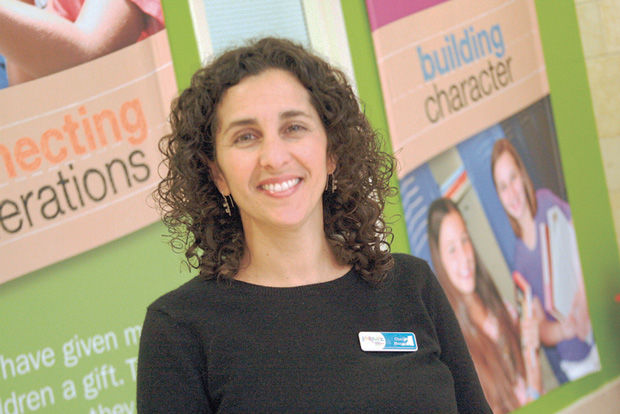Mirowitz head of school discusses making virtual learning work
Published May 7, 2020
It didn’t take long for Saul Mirowitz Jewish Community School to jump into action when the teachers and administration saw the school closures coming because of the coronavirus outbreak.
“Most schools started spring vacation the week that Mayor Krewson and County Executive Page issued stay-at-home orders, but ours was three weeks away. With 24 hours’ notice, the faculty and staff of Mirowitz kicked into high gear and moved our school into the homes of our students. We created a “Mirowitz in the Cloud” webpage, and our teachers, who had received last-minute technological training the week before, created videos and class schedules,” said Head of School Cheryl Maayan.
“Welcome to Mirowitz in the Cloud,” we announced to our families. “Our building may be closed, but we are open for exploration, discovery, community and fun!” At 8:30 a.m. on opening day, more than 100 families joined a live Zoom tefillah with Rabbi Scott Slarskey, the school’s director of Jewish life.
ADVERTISEMENT
“Even though we stand in different houses in different homes in different places in different ZIP codes, we are standing together,” announced the rabbi, while the grid of young faces smiled and sang along, starting their day with a meaningful and joyful Jewish moment.
“We’ve always known that experiential learning is the most effective way to master a new skill. Our first experience with ‘Mirowitz in the Cloud’ only reinforced that truth,” said Maayan. “Our faculty was on a professional development crash course.”
Teachers for students in Kindergarten through fifth grade created welcome videos, lessons, live read-aloud sessions and activities. The middle school convened classes live via Zoom.
ADVERTISEMENT
“I think our faculty was up for this challenge because they know their job responsibilities far exceed the job description,” Maayan said. “We have the sacred task of making sure that our students have a childhood that is not only filled with learning, but also with meaning, Jewish connection and community.”
Maayan said Mirowitz strongly believes in hands-on learning, something that is challenging to accomplish remotely.
“Our educators are working to create meaningful learning opportunities on screen (because kids need that interaction) and off screen (because kids need a break from their computers),” she said.
“In school, we can create an environment tailored to the success of each child. Teachers have years of training and experience that help them motivate children, keep their attention and engage them throughout a lesson. On screen, proximity management or a tap on the shoulder are not possible. In school, we are also able to differentiate the learning for students. It is more difficult for teachers to modify the learning when they cannot assess on the spot how students are progressing. Our teachers have responded by having twice-weekly conferences with students and parents. They are working around the clock to deliver excellence.”
Many Mirowitz teachers have school-aged children of their own, so the struggle to juggle it all is real to them.
“Many parents are focused on their child’s emotional well-being. Others are struggling to frame their children’s day with productive activities so they can learn while mom and dad can get their own work accomplished.
Finally, Maayan offers this advice to parents: Create a space for their child to work that is equipped with necessary school work and supplies, have a set time for work and also for breaks from work, communicate regularly with their child’s teachers, and most importantly, focus on your child’s well-being.
Because this too shall pass.
















